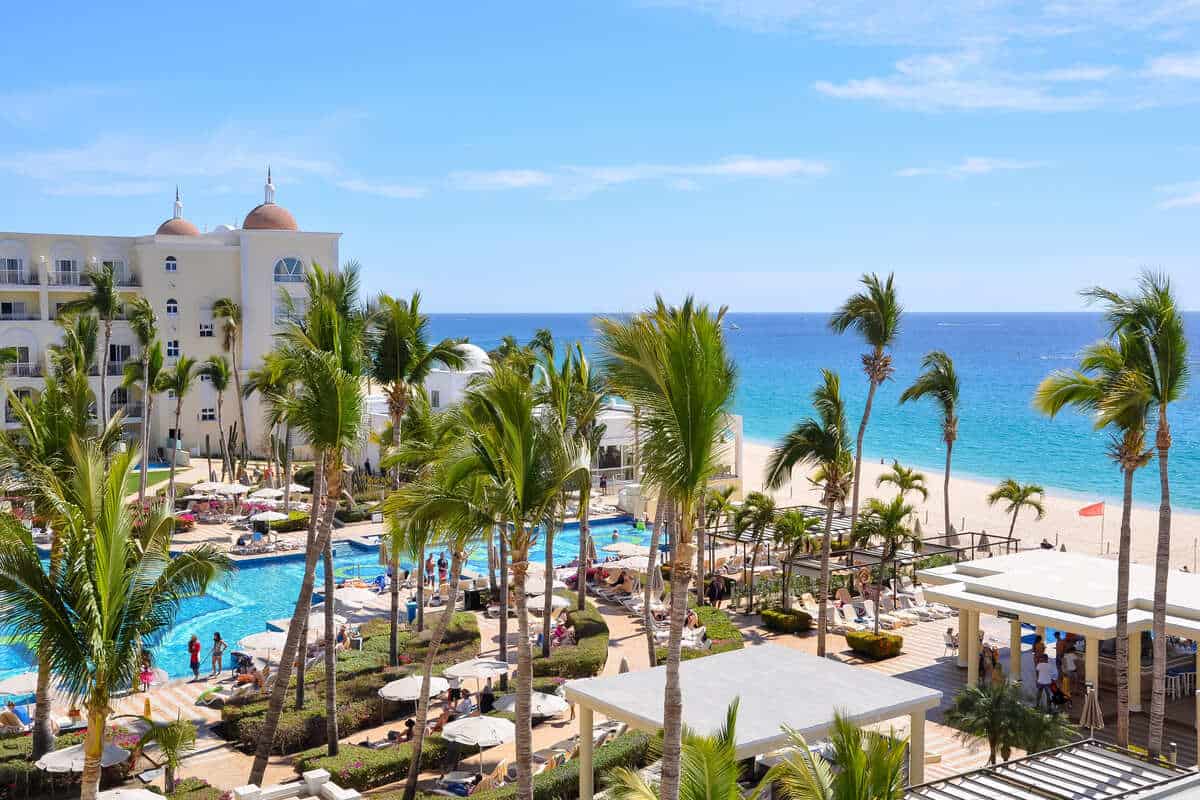Whether they’re flying to the sunny Caribbean for a sunny break or soaking up some culture in a colonial town, American tourists have very little to worry about when it comes to security while vacationing in their Southern neighbor’s coasts and towns. Mexico as a whole is remarkably low-risk, but there’s no denying incidents can still happen, especially in suburban areas or certain states. Like in any other country, there are some cities that are safer than others.
In this article, you will learn which are some of the major tourist destinations in Mexico where tourists are less likely to be affected by crime, as well as some useful safety tips for your future adventure south of the border:
In General, Mexico Is Very Safe
Political instability and higher crime rates are plaguing a growing number of Latin American countries this year. From the latest violence surge in Colombia to the widespread protests in Peru, tourists must proceed with caution and do their own extensive research on the latest developments ahead of flying to the region.

Luckily for Mexico-bound travelers, the country has achieved an enviable level of stability in what’s an extremely volatile region. Aside from a handful of incidents, and the sudden spike in gang activity in specific cities, which is not even that serious, Mexico has not had a nationwide disruption to tourists’ safety warranting a travel warning from U.S. authorities in years.
In fact, nearly all of Mexico’s major tourist destinations are deemed either safe to visit or only moderately risky. In simpler terms, they have been listed as Level 1 or Level 2 destinations by the U.S. Department of State, Level 1 being the lowest risk classification a destination can achieve and Level 2 the second lowest.

Under Level 2, you will find:
- Aguascalientes (State of Aguascalientes)
- Calakmul (State of campeche)
- Cancun (State of Quintana Roo)
- Los Cabos (State of Baja California Sur)
- Mexico City
- Monterrey (State of Nuevo Leon)
- Pachuca (State of Hidalgo)
- Puebla (State of Puebla)
- Puerto Escondido (State of Oaxaca)
- Saltillo (State of Coahuila)
- San Cristobal de las Casas (State of Chiapas)
- Tepic (State of Nayarit)
- Toluca (State of Mexico)
- Torreon (State of Coahuila)
- Tulum (State of Quintana Roo)
What Does It Mean To Be A Level 2 Destination?

Visiting any of the cities above, American citizens must exercise ‘increased caution’ as criminal activity ‘may occur’ throughout the states where they are located. A Level 2 status does not necessarily mean a significantly higher level of danger, though: Cancun has been a permanent feature on this list, and it is generally considered one of the safest vacation spots in Mexico.
Last year, it set a new tourism record hosting over 30 million tourists, and with the exception of minor incidents or deaths directly linked to organized crime, the vast majority of visits were fulfilled trouble-free. Despite being extremely tourist-friendly, Cancun remains under scrutiny over isolated events:

It is currently considered a risk area for kidnapping even though a single case of kidnapping had been registered in the state of Quintana Roo in the previous calendar year, up to September 2022: hardly a common occurrence, much less an actual risk, so Americans should take any alarming travel advice with a grain of salt.
In reality, Cancun has been extremely successful in keeping crime levels low, and this is attributed to local authorities’ hard line on crime and immediate response to crises. Similarly, Los Cabos was named the safest destination in Mexico for 2023, proving a Level 2 status does not necessarily mean a city is any less safe than others placed under Level 1 – especially if they are large conurbation areas or touristy zones where crime rates will inevitably be higher.

In the Mexican ‘Capes’, pickpocketing is down by 52%, while burglary dropped by 63% since 2018. Traveling to Cancun, Los Cabos, or any Level 2 destination, Americans are simply required to maintain a high level of situational awareness in crowded places in order to avoid theft, as they would in any major U.S. city. When it comes to life-or-death situations, however, the risks are very low, if not negligible.
Which Mexican Destinations Are Under Level 1?

The U.S. Department of State considers only two states in Mexico Level 1 destinations, namely Yucatan, a neighbor of Quintana Roo, and Campeche, both in the Yucatan Peninsula. Some of the most popular cities in Yucatan include Merida and Valladolid, the former of which has been making headlines recently as one of the fastest-growing cultural destinations in the country:
- Merida (State of Yucatan)
- Valladolid (State of Yucatan)
- Calakmul (State of Campeche)
- San Franscisco de Campeche (State of Campeche)

Traveling within a Level 1 zone, Americans do not face any particular safety risk and are allowed to exercise ‘normal precautions’ – e.g., taking extra security measures while out in public, such as observing the surroundings for any suspicious activities and keeping valuables at home, are not exactly necessary, even if that’s still a valid recommendation as less crime does not mean no crime.
What About Puerto Vallarta?

There is one noticeable absence in both lists: the trendy port city of Puerto Vallarta. Currently, the state of Jalisco has been issued a Level 3 warning, indicating Americans should ‘reconsider travel’ due to significantly high levels of crime, as well as organized crime. Interestingly, there is a side note on tourist destinations in Jalisco that reads:
‘There are no other restrictions on travel for U.S. government employees in Jalisco state, which includes tourist areas in: Guadalajara Metropolitan Area, Puerto Vallarta (including neighboring Riviera Nayarit), Chapala and Ajijic‘. These cities seem to be safer compared to other parts of the state, possibly as a result of heavy policing and effective anti-crime measures.
More information on travel advice to specific states in Mexico can be found on the U.S. Department of State webpage.

